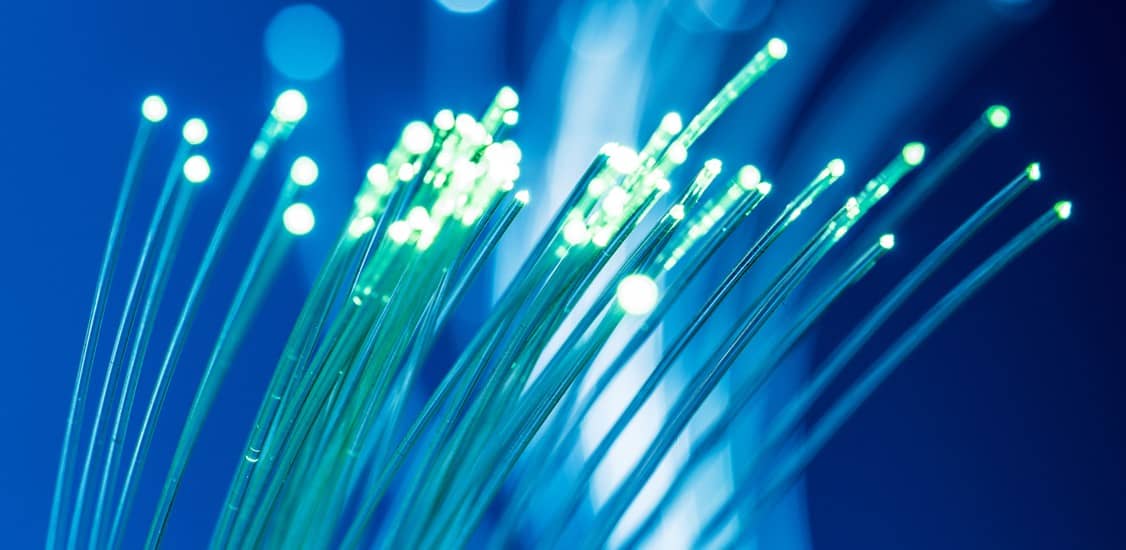Several years ago, it was recognized that there are three broad factors that when combined drive exponential bandwidth growth:
Bandwidth Explosion = Increased number of users * Increased access rates and methods * Increased services
This simple equation highlights three separate trends that must be continuously monitored in order to ensure that Ethernet continues to evolve at a pace to meet the demands of a given application space. Many are familiar with Ethernet’s dominance in the enterprise/campus and data center spaces. The reality, however, is that many application spaces are seeking to leverage Ethernet, and Ethernet is evolving to provide these target application spaces with specific solutions. Therefore, it is important to apply this equation to a target application space to understand its trajectory and subsequent networking needs.
One of these application spaces is mobile networks, where Ethernet-based solutions are being leveraged throughout the mobile network for front, middle, and backhaul of mobile traffic. The bandwidth demands of the mobile network application space, in particular China, was used as justification for the start of the IEEE 802.3 Beyond 10km Optical PHY Study Group. As shown in Figure 1, China is forecasted to experience a bandwidth explosion in its mobile networks that by 2020 will result in it having nearly 40% more data per month than the nearest compared global region.
 Figure 1 - Mobile Network Bandwidth Trends (2017)
Figure 1 - Mobile Network Bandwidth Trends (2017)
A recent presentation into the IEEE 802.3 New Ethernet Applications Bandwidth Assessment Project provided data that enabled further insight into the challenge for China’s mobile networks and provides a real-world example of the noted bandwidth explosion equation.
#1: Number of 4G Users
Today, China has 1.1 billion 4G users. In 2011, the penetration was only at approximately 10%, but by June of 2018 had grown to 73.5%.
#2: Increased access rates
From Q4 2016 to Q2 2018, the average download rate of 4G users has grown by 70%, growing from 11.93 Mb/s to 20.22 Mb/s.
#3: Traffic consumption per household
Monthly data mobile traffic per month grew from 0.2 GB to 4.2 GB.
The data provided by these three trends helps to explain the mobile network traffic growth highlighted in Figure 1. It should also provide clear direction to the implication of deployment of 5G throughout mobile networks, which are already being stressed by 4G deployment.

John D' Ambrosia,
Chairman,
Ethernet Alliance
Networked cars could provide additional stress onto mobile networks. In 2019 it is forecasted that there will be 117 million cars produced globally. Over the past decade there has been significant investment by the Ethernet community in developing a family of solutions over a single-twisted pair for use in automobiles. Standards for 100 Mb/s Ethernet and Gigabit Ethernet have already been completed - with new standards for 10 Mb/s, 2.5 Gb/s, 5 Gb/s, and 10 Gb/s Ethernet underway as we speak.
As these vehicles become increasingly networked and connected to the cloud with their own growth in access rates - they will present yet another significant pressure that mobile networks will be called upon to service. As an emerging space, it is unclear yet what applications will be introduced, and as a result, the potential bandwidth demand of connected cars, especially for autonomous driving, could be staggering, especially in a highly congested metro area.
Such trends can only mean one thing to the Ethernet community - it too will need to continue to evolve - providing new solutions that will support the future bandwidth demands of mobile networks. There are a number of efforts underway already within the IEEE 802.3 Ethernet working group that are directly applicable to them.
IEEE P802.3cn 50 Gb/s, 200 Gb/s, and 400 Gb/s over Single-Mode Fiber - this fast-tracked project will leverage the PAM4 technology developed to support links at these rates currently up to 10km and build upon them to expand their reach to 40km.
IEEE P802.3cp Bidirectional 10 Gb/s, 25 Gb/s, and 50 Gb/s Optical Access PHYs - this effort will develop bidirectional optical access PHYs for 10GbE, 25GbE, and 50GbE for point-to-point applications where the availability of fibers is limited. Wireless infrastructure is one of the key application spaces that this effort targets.
IEEE P802.3ct 100 Gb/s and 400 Gb/s over DWDM Systems - this effort will see Ethernet evolve to support reaches up to 80km over a DWDM system. While the main drivers for this effort have been Multi-Service Operators (MSO) and Data Center Interconnect (DCI), it is easy to see how these solutions could be utilized for future mobile network aggregation and core backhaul.
It should be clear to all that the overall trend in all of this is that there is a growing diversity of applications that are calling upon the Ethernet community to provide them with their solutions for today and tomorrow. It has never been truer when one says “Ethernet Everywhere!”.






















